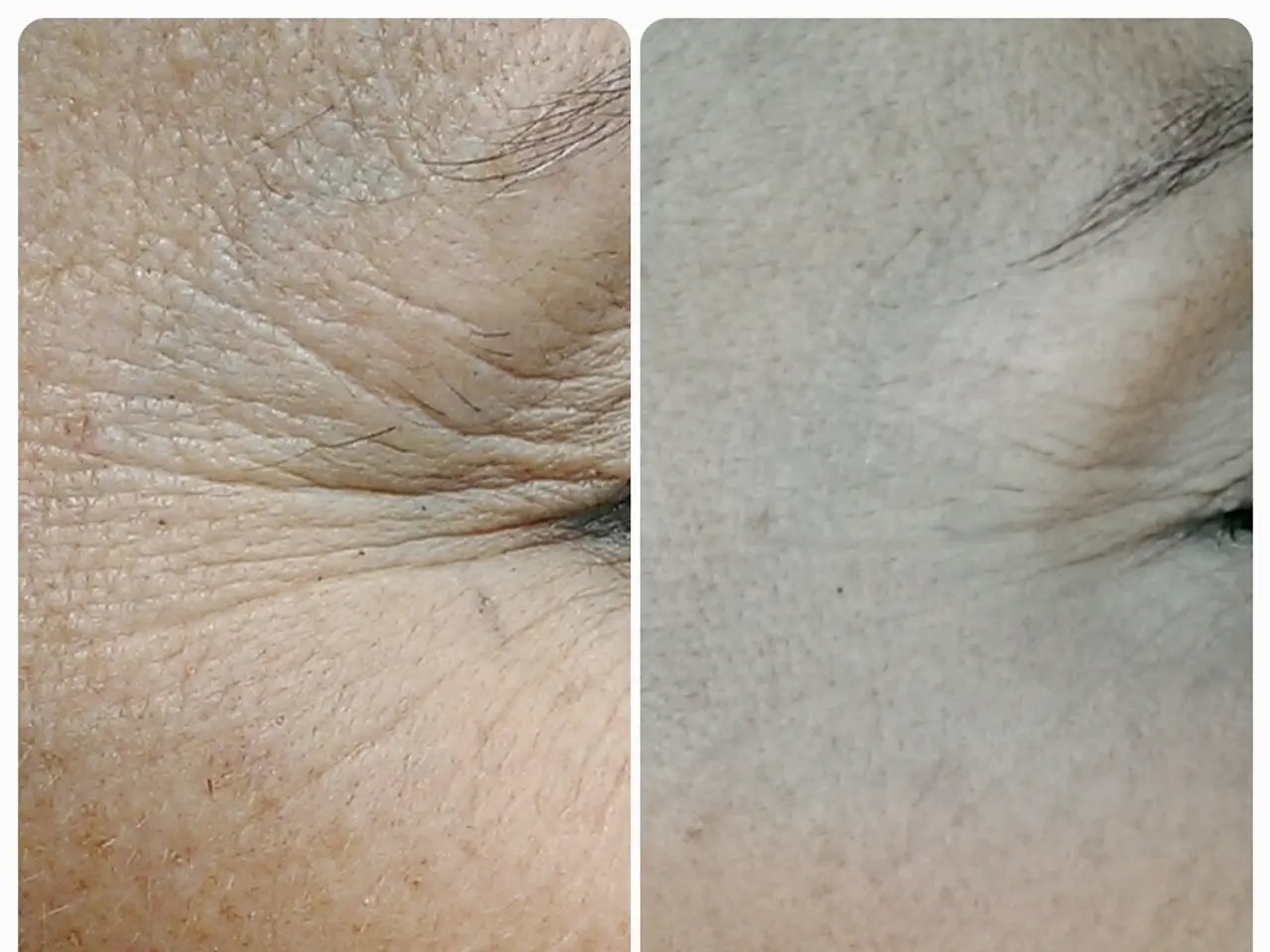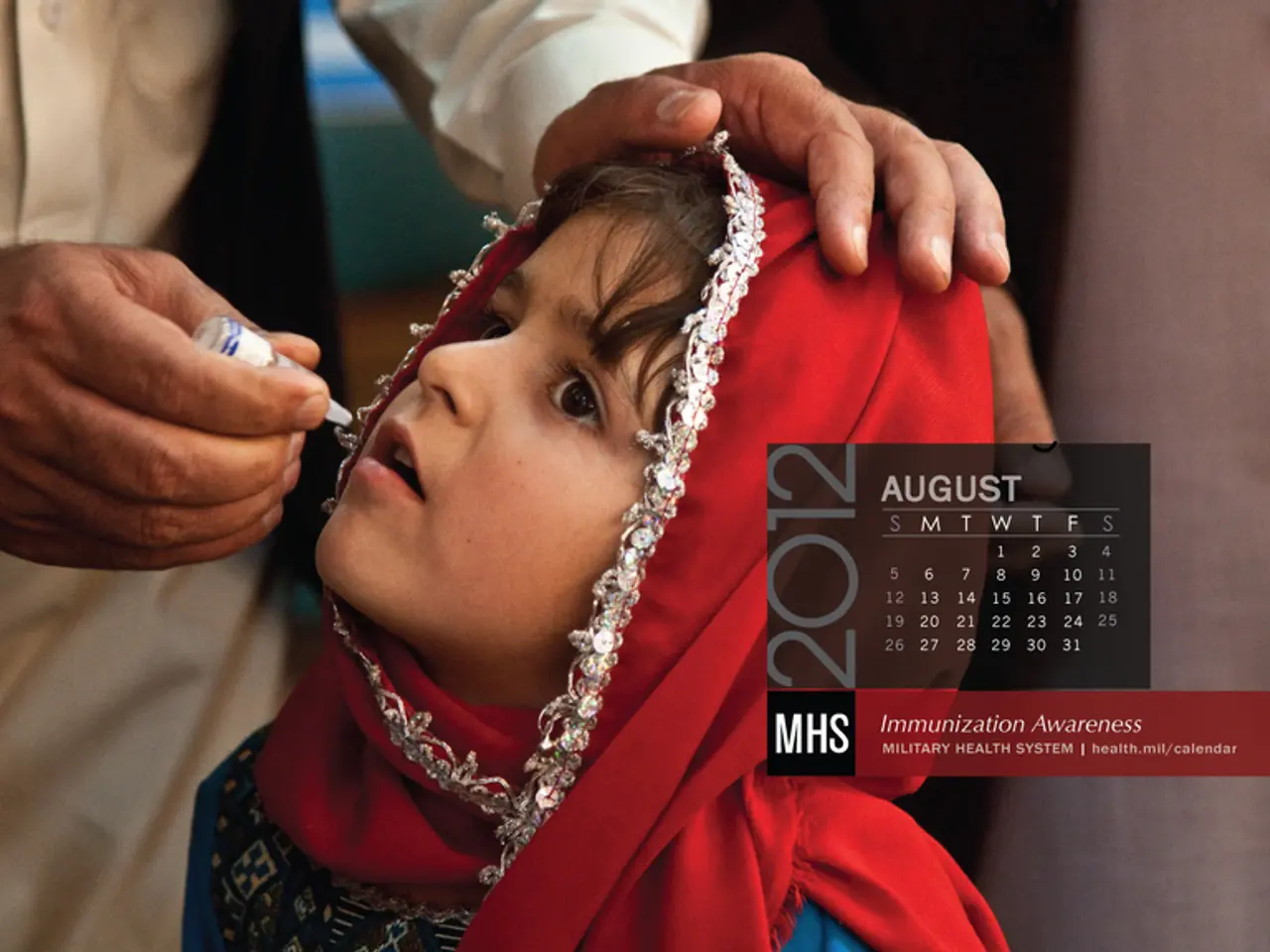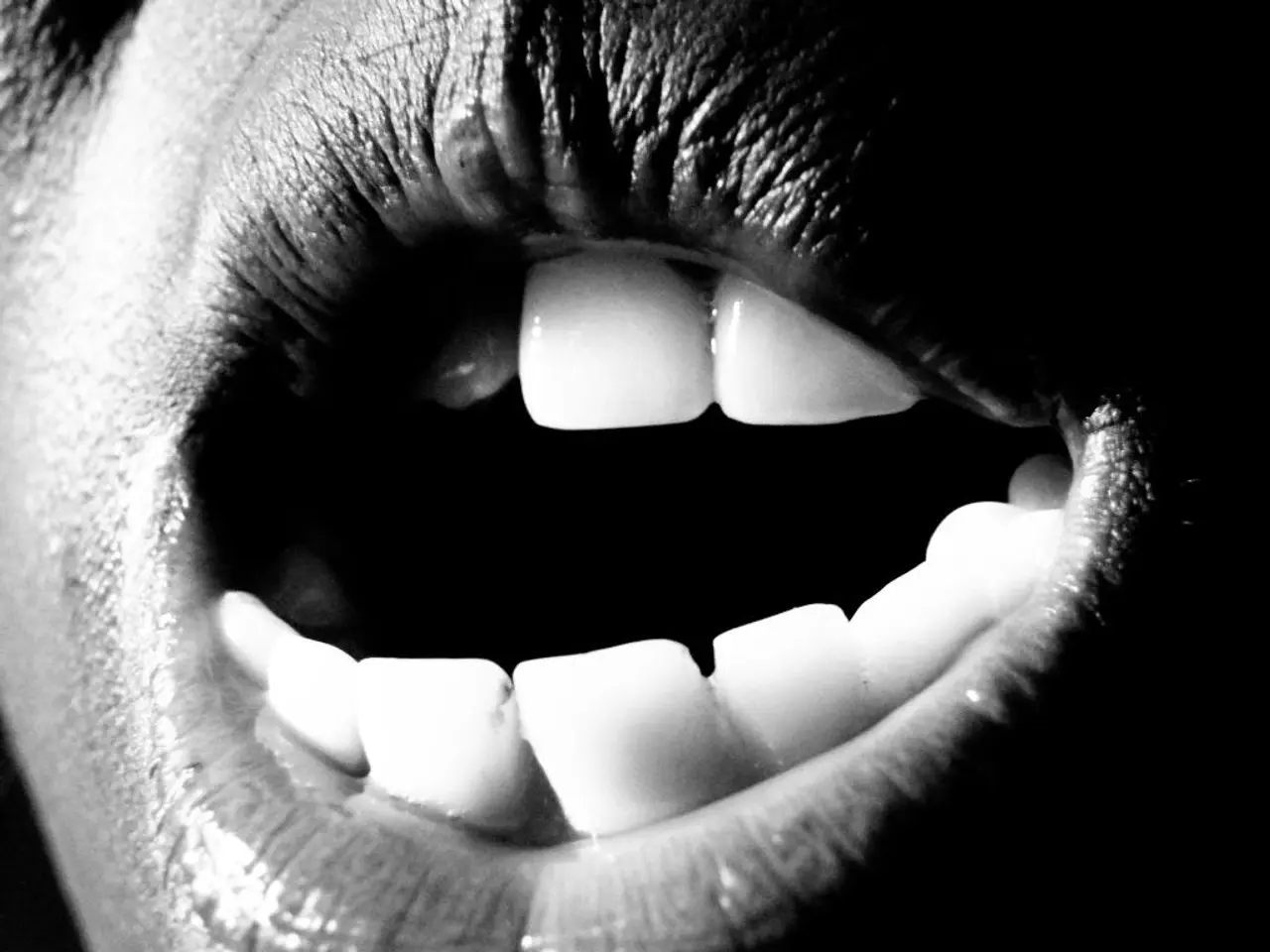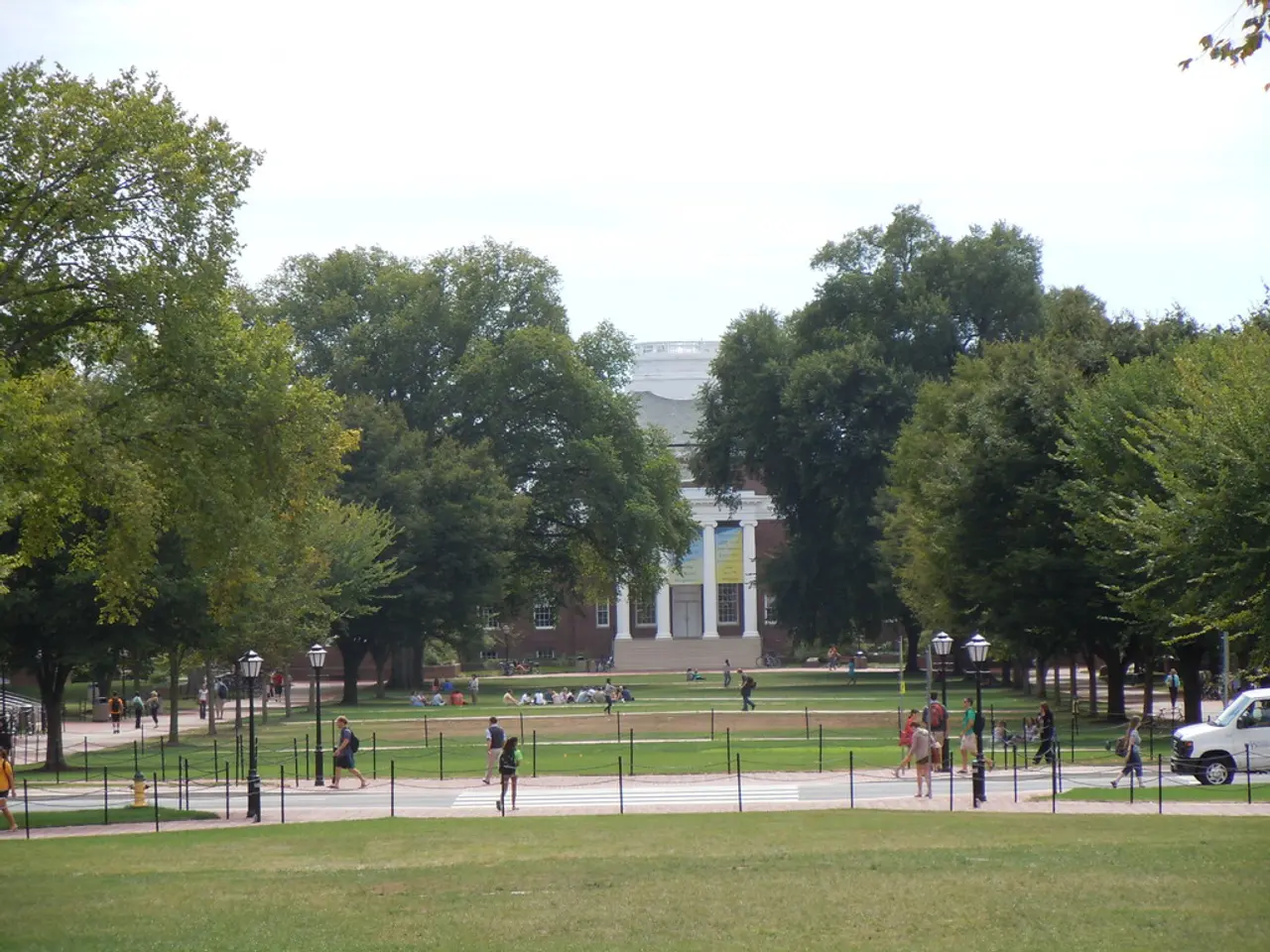Skin Issues: Root Causes, Remedies, and Prevention Strategies for Buttne Breakouts
In the realm of skincare, a common concern that affects many individuals is the appearance of pimple-like blemishes on the buttocks, often colloquially referred to as "butt acne." While it may seem unusual, several factors can contribute to this issue.
Firstly, it's essential to understand that the primary causes of these blemishes are not typically acne, but rather conditions such as folliculitis, keratosis pilaris, and boils (or carbuncles). Folliculitis, an irritation of a hair follicle, can be triggered by various factors, including friction, tight clothing, and bacterial or fungal infections.
Hidradenitis suppurativa (HS) is another condition that can cause painful, swollen lesions on the buttocks. Triggers for HS include obesity, tight clothing, sweating, and smoking. Contact irritation or allergic reactions, adult diaper rash or irritation, and acne vulgaris can also lead to pimple-like blemishes on the buttocks.
Luckily, there are various treatment options available for managing "butt acne." Maintaining good personal hygiene is crucial, with a gentle cleanse using soap and water or an acne wash with benzoyl peroxide or salicylic acid being effective. Topical treatments, such as over-the-counter creams with benzoyl peroxide or salicylic acid, can help with folliculitis or mild acne-like lesions. For yeast-related folliculitis, antifungal creams are necessary.
In more severe cases, medical treatments may be required. For hidradenitis suppurativa, treatments may include antibiotics, anti-inflammatory medications, or in severe cases, surgery—managed by a dermatologist. An antimicrobial wash like Chlorhexidine® or Hibiclens® can be used for more severe cases of "butt acne."
Prevention is key in managing "butt acne." Wearing loose, breathable clothing can help minimize heat, moisture, and friction. Maintaining good personal hygiene, especially after sweating, is also crucial. Avoiding prolonged sitting and pressure on the buttock region when possible can further reduce the risk of developing blemishes. Using non-comedogenic (non-pore-clogging) skin products is also recommended.
While it's rare, it's important to note that sexually transmitted infections (STIs) can also cause pimple-like bumps on the butt. If lesions are persistent, painful, worsening, or associated with other symptoms, consulting a healthcare provider or dermatologist is recommended to obtain an accurate diagnosis and tailored treatment.
In conclusion, understanding the causes and treatment options for "butt acne" can help individuals manage this common concern. By maintaining good hygiene, wearing breathable clothing, and avoiding irritants, many individuals can effectively prevent and treat these blemishes.
- Adopting a health-conscious lifestyle that prioritizes good hygiene, wearing breathable clothing, and avoiding skin irritants can help prevent medical-conditions like "butt acne" and promote overall health-and-wellness.
- The science of skincare reveals that various medical-conditions such as folliculitis, keratosis pilaris, boils, hidradenitis suppurativa, contact irritation, adult diaper rash, acne vulgaris, and even sexually transmitted infections can lead to "butt acne."
- Proper skin-care includes using non-comedogenic products and employing treatment methods such as topical creams with benzoyl peroxide or salicylic acid, antifungal creams, antibiotics, or surgery, depending on the specific medical-condition causing the "butt acne."




